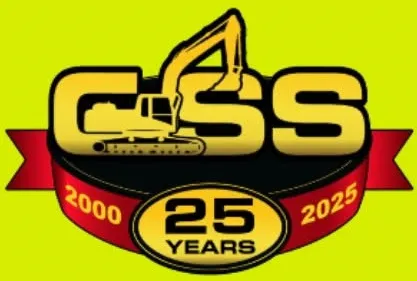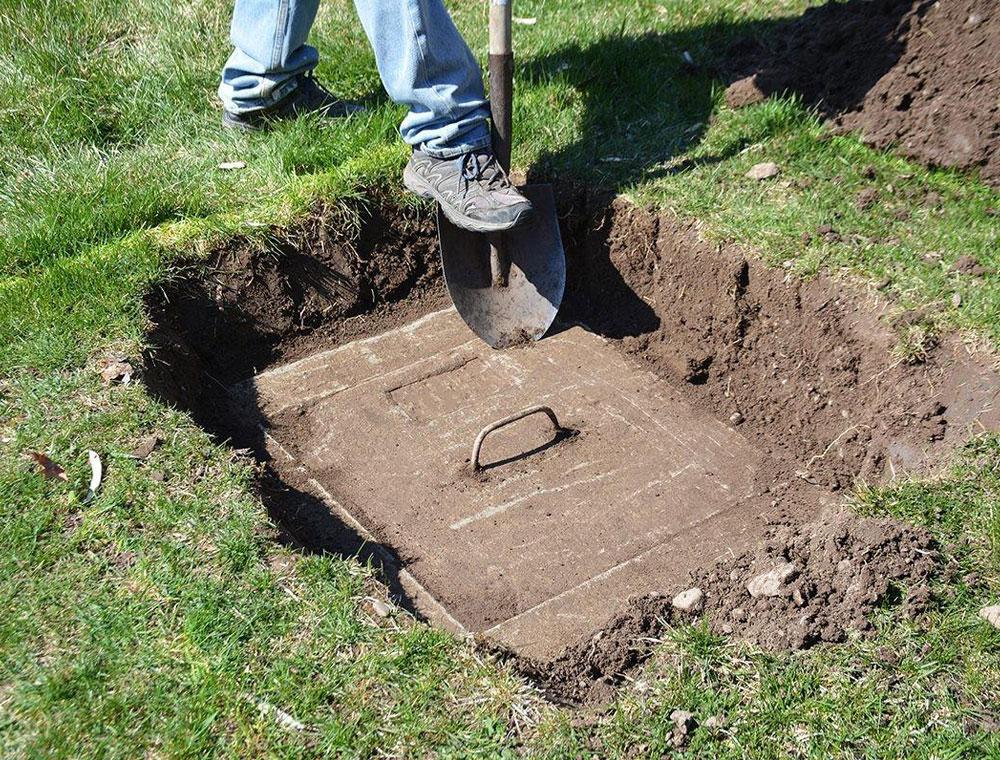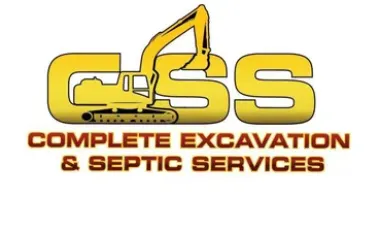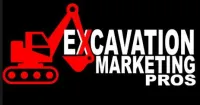
Proudly Serving: Grand Isle, Franklin & Chittenden Counties, VT and Clinton County, NY

Septic Tank Inspections vs. Pumping: What’s the Difference and When Do You Need Them?
Introduction: Understanding Your Septic System Worries
If you’re a homeowner in Grand Isle, Franklin, or Chittenden Counties, chances are you’ve felt that unsettling moment of doubt about your septic system. Maybe it’s a lingering smell in the yard, slow drains, or the thought of an impending problem that has you on edge. You’re not alone. At Complete Excavation & Septic, we hear from homeowners like you all the time. You’re juggling life’s demands, and the last thing you want is a septic surprise wreaking havoc on your property.
We understand the fear of the unknown when it comes to your septic system. That’s why we’re here to break down two key services—septic inspections and pumping. These terms often get tossed around, leaving many homeowners confused about which service they need and when. Let’s cut through the noise and give you the clarity you deserve.
What Is a Septic Tank Inspection?
A septic tank inspection is like a wellness checkup for your system. Its purpose is to identify potential problems before they turn into expensive repairs. There are two main types of inspections:
Visual Inspections
This is the quick, surface-level check. It involves:
A visual assessment of the tank and surrounding area.
Checking for signs of leakage or damage.
Basic functionality tests, like running water to ensure proper drainage.
Full Diagnostic Inspections
This is the comprehensive deep dive. A technician will:
Open the tank and examine its components.
Use tools to check sludge and scum levels.
Inspect drain fields and test for proper absorption.
When do you need an inspection? If you’re buying or selling a home, most lenders require one. Even if you're not in the middle of a real estate transaction, routine inspections every 3-5 years can save you from unexpected disasters.
What Is Septic Tank Pumping?
Pumping is all about cleaning out the tank. Over time, solid waste accumulates and can’t break down completely. Pumping removes this buildup to keep your system running smoothly.
The Pumping Process
Here’s what happens during a septic pumping:
A technician removes the tank lid.
A vacuum truck sucks out the waste.
The tank is cleaned and inspected for visible damage.
How Often Should You Pump?
Most experts recommend pumping every 3-5 years, but this depends on:
Household size
Water usage
Tank size
Signs you need pumping include slow drains, foul odors, or pooling water around the tank area. Ignoring these signs can lead to clogs, backups, or even system failure.
Septic Tank Inspections vs. Pumping: Key Differences
Goals of Each Service
Inspections aim to identify potential problems.
Pumping focuses on removing waste to maintain functionality.
Cost Comparison
Inspections generally cost less, around $200-$300 for a standard service.
Pumping costs vary depending on tank size, typically ranging from $300-$600.
How They Work Together
Regular pumping keeps your system healthy, while inspections ensure it’s functioning as it should. Skipping one can lead to trouble down the line.
When to Schedule an Inspection
Buying or Selling a Home
If you’re in the market, a septic inspection can reveal hidden issues that might affect the sale.
Routine Maintenance
Inspections every 3-5 years help catch small issues before they become major headaches.
Troubleshooting Problems
If you’re noticing odors, backups, or slow drains, an inspection can pinpoint the cause.
When to Schedule Pumping
Regular Intervals
The 3-5 year rule is a good guideline, but high water usage or a smaller tank may require more frequent pumping.
Warning Signs
Don’t wait for a crisis. Call for pumping if you notice:
Foul odors near drains or outdoors
Slow drains or gurgling pipes
Standing water or lush green grass near the tank
Risks of Skipping Pumping
Failing to pump your tank can lead to overflows, backups, and even system failure. Repairs or replacements can cost thousands, far outweighing the cost of regular maintenance.
Why Both Services Are Crucial
Protecting Your Home and Property Value
A healthy septic system safeguards your home’s value. Inspections and pumping work together to ensure longevity.
Preventing Costly Repairs
Routine care minimizes the risk of expensive surprises. A $300 service today can save you from a $10,000 overhaul tomorrow.
Creating a Maintenance Plan
Combining inspections and pumping into a regular maintenance plan gives you peace of mind and keeps your system in top shape.
How to Choose the Right Septic Professional
Questions to Ask Before Hiring
Are you licensed and insured?
Do you offer both inspections and pumping?
Can you provide references or reviews?
What to Expect from Quality Service
Transparent pricing with no hidden fees
Knowledgeable technicians who explain their findings
Customized solutions tailored to your system’s needs
Why Customized Services Matter
At Complete Excavation & Septic, we understand that no two homes are the same. We’ll work with you to develop a plan that fits your property’s unique requirements.
Conclusion: Take Control of Your Septic System Care
Your septic system doesn’t have to be a mystery. With the right balance of inspections and pumping, you can avoid stress and costly repairs. At Complete Excavation & Septic, we’re here to help homeowners in Isle La Motte and beyond navigate their septic needs with ease. Let’s work together to keep your system running smoothly—because your home deserves nothing less.
Ready to schedule your next inspection or pumping? Give us a call, and we’ll customize a plan that’s just right for you.

Hours:
Mon - Fri 9:00 am - 5:00 pm
Extended hours by appointment only.



All rights reserved | Privacy policy | Client Support Area
Disclaimer: Septic inspection credit is applied to septic installations only and must be redeemed within 7 days after a written quote provided upon state acceptance of design.
Disclaimer: Septic soil test credit is applied to septic installations only and must be redeemed within 7 days after a written quote provided upon state acceptance of design.
